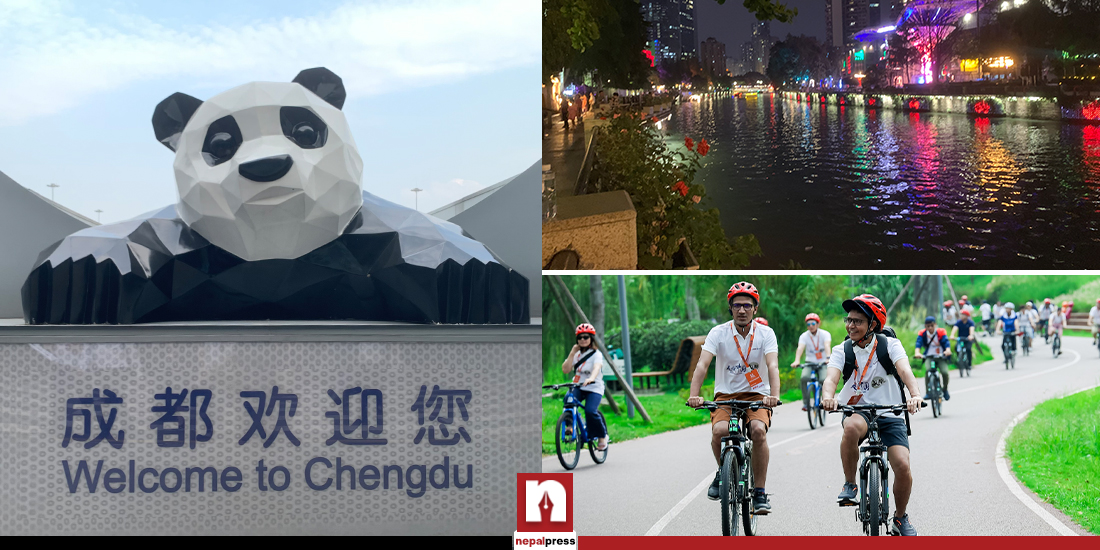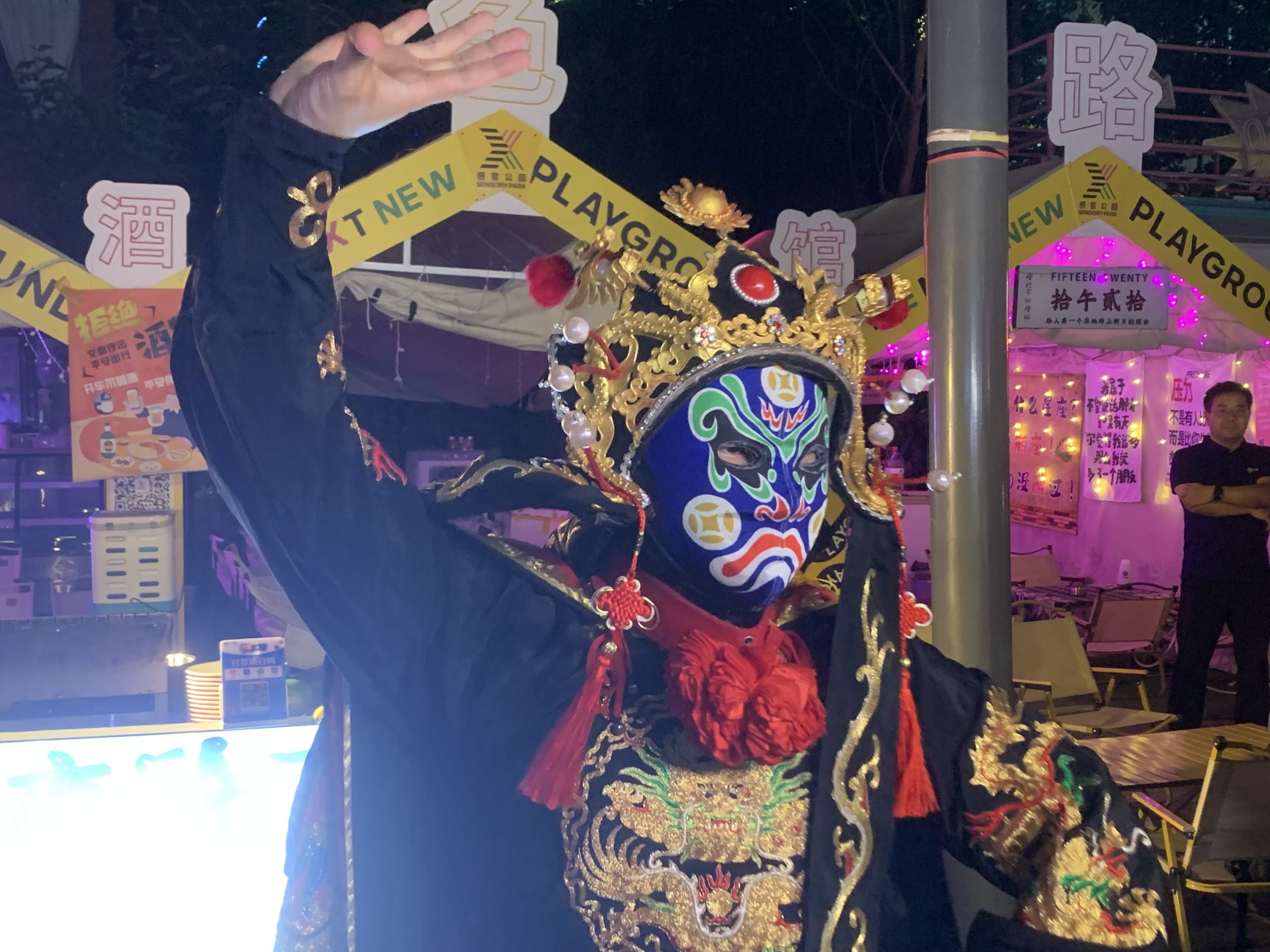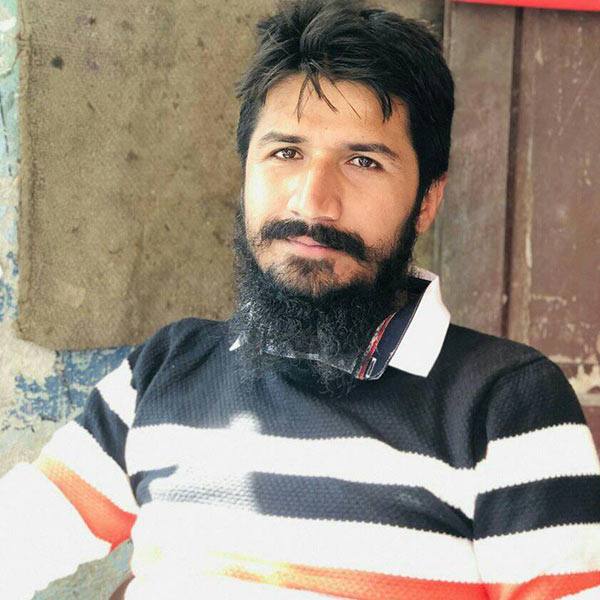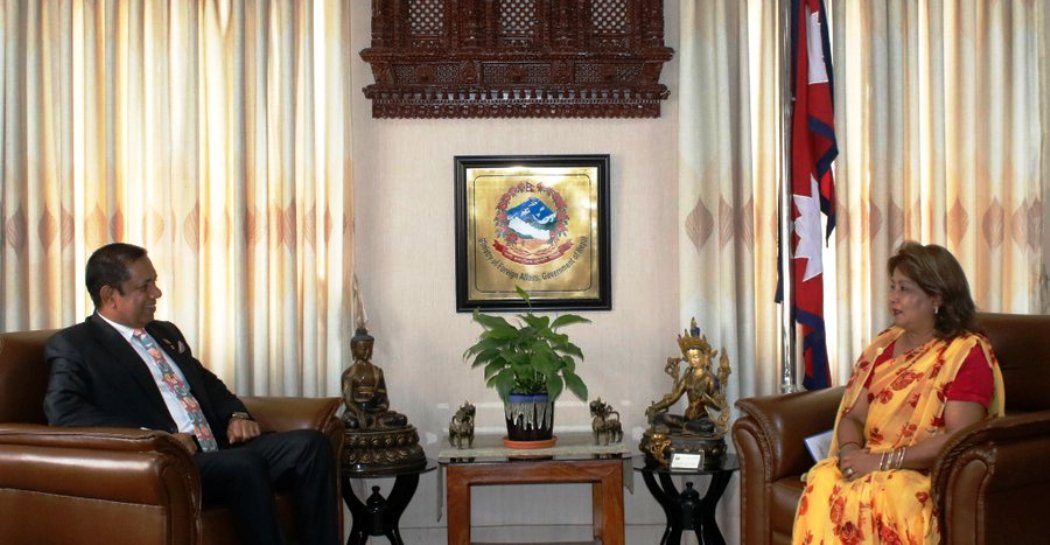In China’s Chengdu, every alphabet has its own merit

Chengdu (Sichuan): For his 8-day-long official tour of China, Nepal’s Prime Minister Pushpa Kamal Dahal Prachanda started his journey from the Asian Games host, Hangzhou, and concluded it in Chengdu, the recent host of the FISU World University Games, on Friday. Chengdu is not just a destination for Nepal’s PM Prachanda; it is also the go-to city for many people for various reasons. To understand the tourist grammar of Chengdu, it is worth revisiting the undertone of every alphabet in this touristic city.
‘C’ stands for capital, currency, cruise, cycling, cuisine, culture and civilization
– Chengdu is one of the ancient capital cities of China. During the Shu Kingdom of China, Chengdu was declared capital some 2300 years ago. It is now the capital of Sichuan province. From the stage of the kingdom to the stage of the province, Chengdu has not lost its ‘capital’ title.
World’s first paper currency named ‘Jiaozi’ was started from Sichuan and Chengdu was its epicenter in 11th century.
Cruise, cuisine and cycling are other identities of Chengdu. The river cruise at Jinjiang River, cycling fun along Tianfu Greenway as well as Jinjiag Lohas greenway and famous spicy cuisines are its signature offerings for all.
Tea culture, culture of theatre and Shu civilization are all products, directly and indirectly, linked to this city.
In times of Tang dynasty (618-907 AD), some 400 are said to have existed in Chengdu. 300-year-old Guanyin Pavilion located at the historic street zone and the 100-year-old Heming tea house located in the vicinity of Chengdu People’s Park are some places to feel the pulse of the living Chengdu tea tradition. This is one of the top venue to sip Chinese tea. Tragically, if you are South Asian, mainly from Nepal, India, Bangladesh and Pakistan, with strong attachment to ‘milk tea’, you won’t find your pick over there.
Culture of theatre mainly known for face-changing (bian lian) styles are Chengdu’s living global identity. The Sichuan Opera still practice this ancient Chengdu theatric heritage.
According to CGTN online, Shu Civilization dates back to 18-hundred BC. It was ‘conquered by Qin Dynasty in 316 BC and became part of the Chinese civilization.’ The major archaeological discovery of this civilization was carried out at Sanxingdui.
‘H’ stands for high mountains
– Chengdu is surrounded by high snowy mountains. Located adjacent to Tibet, Sichuan also has some of the high mountains like Tibet. For example, Siguniang Mountains accommodates 85 snow-capped mountains with 5000 meter plus height. From Chengdu, the nearest tall mountains include Mt. Gongga (7556 meter), Mt. Siguniang (6250 meter), Mt. Xiannairi (6032 meter), among others. All of these high mountains are in western part of Chengdu.
‘E’ stands for environment-friendly city
– Chengdu resembles like a city inside the jungle or the jungle inside the city. Its world-class environmental identity is centered on giant panda conservation and breeding center. Though, Chengdu is not naturally the perfect place for panda breeding, it has used its technological might to manage the natural habitat for giant panda. The Chengdu Research Base of Giant Panda Breeding spans over 3.07 square kilometer and is just 10-kilometer away from the Tianfu Square, the downtown area of Chengdu. Nepal’s PM Prachanda made his footfall to this famed place during his recent Chengdu tour.
Kung Fu Panda, a famed film, was filmed mainly based on giant panda. According to Chengdu’s world-class guide Wang Qin, her friend guided the director who had observed panda’s gestures for many weeks around Mount Qingcheng. Kong Fu Panda of 2011 and 2016 are linked here.
‘N’ stands for nightlife and Nepal’s proximity
– Nightlife has its own identity in Chengdu. Sanse Road Block is described by some as the Chinese equivalent of ‘Pattaya in Thailand’ for its vibrant nightlife happenings. For Nepal, Chengdu is the nearest mainland Chinese province both for land and air travel. There is regular 2-hour-long direct flight between Chengdu and Nepal’s capital Kathmandu. From Chengdu, flying to Kathmandu is one hour shorter than flying to Beijing. Nepal has visible exchange programs in terms of educational, touristic and trading sectors of Chengdu.
‘G’ stands for global gateway and place of Gautam Buddha’s statue
– Chengdu’s spicy cuisines has its history with Mexico centuries ago. This speaks volumes about the global gateway stature of this city since long. Once a hub of global textile trade, Chengdu is now a global gateway for IT and tech industry. Many global events are being hosted in the city. The Golden Panda International Forum, held from September 19 to 20, and FISU World University Games, held from July 28 to August 8, are recently concluded two example of global events in the city.
Gautam Buddha is also part of Chengdu travel identity. Located at some two and half hour’s drive from Chengdu, Leshan Giant Buddha statue is 71-meter-tall and was built from 713 to 806 AD. The stone statue is one of the top Buddhist landmarks of China. It is part of UNESCO-listed world heritage site since 1996. Mount Emei Scenic Area which includes Leshan Giant Buddha Scenic Area, is China’s top UNESCO site.
‘D’ stands for Daoism and Deng Xiaoping
– Mt. Qingcheng, which lies some 60 kilometer away from Chengdu, is the epicenter of Taoism which got its prominence during 6th century BC. This is UNESCO-listed site since 2000.
Architect of China’s economic revolution and the paramount leader of Communist Party of China from 1978 to 1989, Deng Xiaoping belongs to Sichuan Province. Though he was born at Guang’An, his provincial capital is Chengdu anyway.
‘U’ stands for urban and unshakable
– Chengdu is urban having old and new urban corners. Chengdu has been an urban center for more than two thousand years and it still carry the architecture of the old and new ones. The New Century Global Center is the China’s biggest building in terms of floor area. Some have described it as the largest one in the world. It is the shopping center. It came into operation since 2013.
Unshakable is another right term for the alphabet of ‘U’ of Chengdu. Chengdu is prone to multiple earthquakes, the most danger one with 7.9 magnitude was occurred on 12 May 2008 killing some 90,000 people. However, Chengdu, doesn’t let down its denizens and visitors. Therefore, Chengdu is the unshakable city.
Zeng Kexin, a Beijing-based journalism student who has frequented Chengdu for couple of times describes Chengdu as the ‘number one livable city in China.’ She adds, ‘Chengdu people’s relaxed attitude towards life is also infectious.’
















